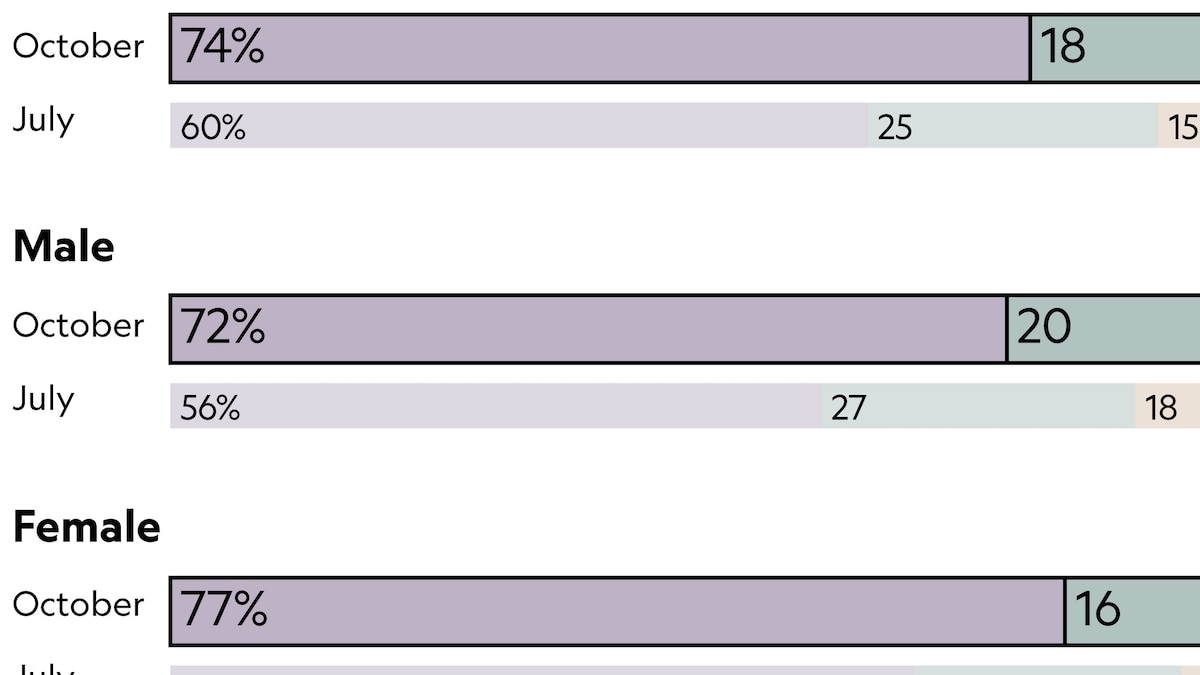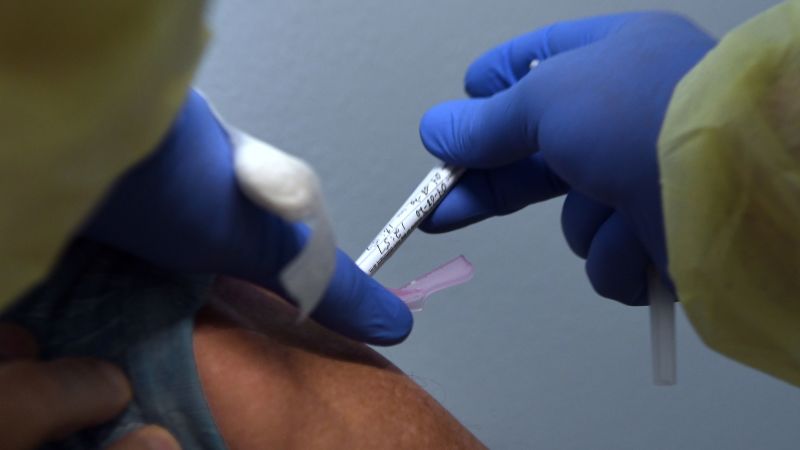Seven states have exceeded death rates of 1 per 1000, or 0.1%. That isn’t deaths per infections, as some researchers were claiming a while ago, but for the entire population. While five of those states are in the northeast, and experienced the bulk of their deaths early in the pandemic, Louisiana and Mississippi are now on this list, and North Dakota will be soon. In fact, the U.S. as a whole may hit that figure by the end of the year, and almost certainly will before Inauguration Day.
The states with the lowest death rates, as you’d expect, tend to be sparsely populated rural areas, and/or geographically isolated from the rest of the country: Vermont, Maine, Alaska, Hawaii, Oregon, Utah and Wyoming have rates < 0.03%.
If you want a rough idea of how well states are handling the pandemic, given their situation, you could do worse than look at death rates/population density, since PD is strongly correlated with case and death rates (currently, r=0.68). By this measure, the best states are: HI, RI, MD, VM, NJ, DE, OH, MA, CT, and CA. Hawaii has a huge advantage in being geographically isolated from the rest of the U.S., and is an under-appreciated piece of evidence for the effectiveness of restricting entry into areas. It has benefitted in the same way that island nations like Taiwan, S. Korea (effectively an island), New Zealand and Australia have. Warm weather/outdoor living probably helps a lot, too. Most of the other states are NE ones with very high populations densities. They were hit hard by C19 early in the pandemic, which forced them to take it very seriously. Thus they have tended to be better prepared to handle the recent spike.
OTOH, the worst states by this metric are: AK, ND, MT, SD, WY, NM, NV, ID, MS, NE, AZ, AR, LA, KS, MS. Alaska is especially noteworthy, as it’s about as isolated as HI. OTOH, it has a very cold climate, which has meant people spend more time indoors. Most of the other states are in rural areas with low population density. They missed most of the heavy impact of the earlier phase of the pandemic, and tended to take it less seriously, an attitude for which they're now paying.
















